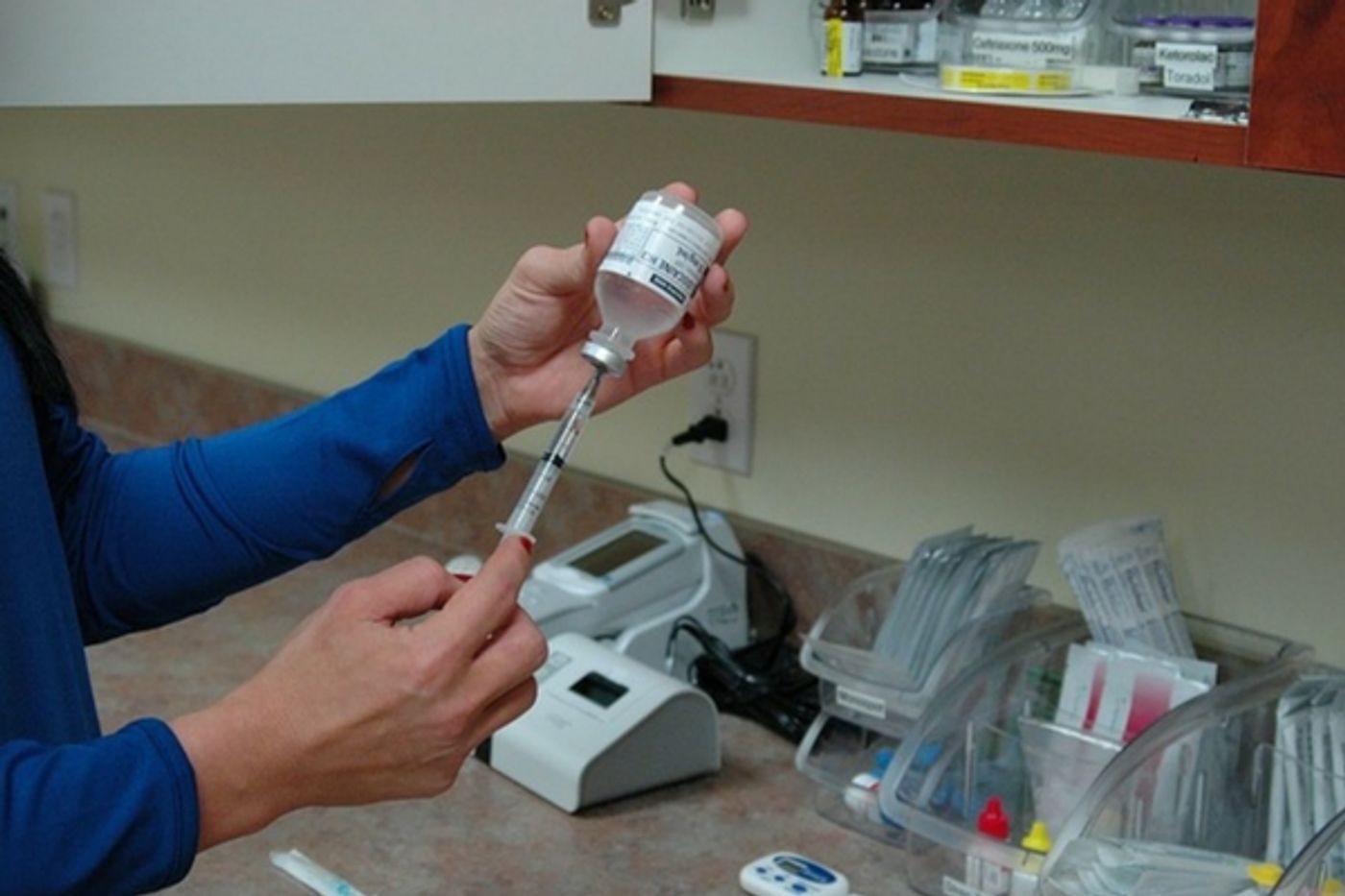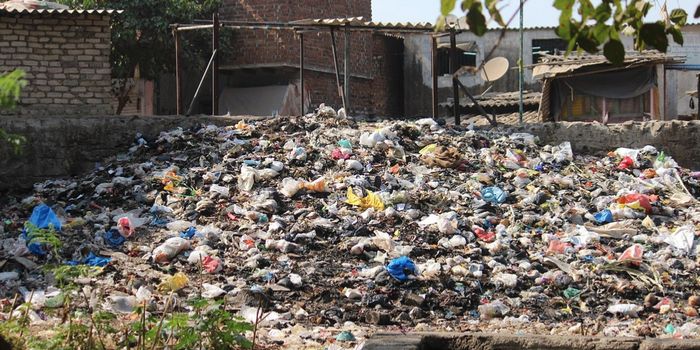Hepatitis A Outbreak in California Declared an Emergency
Raging wildfire is not the only crisis happening in California. On Friday, October 13, 2017, California Gov. Jerry Brown declared a state of emergency over the outbreak of hepatitis A.
Hep A is spread from person to person by coming in contact with fecal matter from an infected individual. The uptick in cases is a crucial concern for the homeless and illicit drug users since so far, the majority of cases reported are patients in those groups. Those who are homeless or have a drug habit also tend to have less access to sanitary facilities and regular health care.
The outbreak is being found in several areas including San Diego, Santa Cruz, and Los Angeles counties. A vaccine against Hepatitis A became available in 1996 but was only required for school admission beginning in 1999, so many adults in California are not vaccinated. The vaccine is 100% effective in preventing the disease when both doses, taken six months apart, are given. The vaccine can also keep a person from developing Hep A if it is given soon enough after exposure.
Health officials who have looked at lab evidence and other factors have verified that most of the cases are of the same Hep A virus genotype. In cases of hepatitis, there are subtypes that are identified by their genetic composition. In California, the majority of cases are of the genotype IB, which is unusual since it's not often found in the United States. This genotype is more common in the Mediterranean, Turkey and South Africa. So far, there have been 19 deaths from Hep A in this outbreak and hundreds of hospitalizations.
While there are a few different forms of the hepatitis virus, they all impact the liver. This has been especially dangerous with the California outbreak since many of the patients affected are homeless and have alcohol or drug problems that have resulted in liver disease. Hepatitis translates literally to "liver inflammation." Symptoms include fever, nausea, a yellow tinge to the skin (which happens because the liver is not detoxifying the body) and general malaise. If the infection goes untreated, it can become severe and cause liver failure and death.
The outbreak has been challenging to health officials because the Hep A virus is difficult to kill. The cells from an infected person can live for months on surfaces outside the body. Hand sanitizers do not kill it, and many of the affected patients do not have access to clean water, soap or toilet and shower facilities. Another problem is that homeless people often have a fear or distrust of government agencies, including those that provide health care, so they are less likely to seek treatment or preventative care.
Local health departments in the counties most impacted by this outbreak have implemented outreach programs to try and increase the number of residents vaccinated. Hand-washing stations and more public toilets have been set up in some communities, but the problem of getting people to ask for help and see a health professional remains. The video below has more information on hepatitis A and the ongoing efforts to curb this recent outbreak.
Sources: California Dept. of Public Health, Centers for Disease Control and Prevention, LA Times


![Master Lab Weighing: Accuracy, Compliance & Audits [eBook]](https://d3bkbkx82g74b8.cloudfront.net/eyJidWNrZXQiOiJsYWJyb290cy1pbWFnZXMiLCJrZXkiOiJjb250ZW50X2FydGljbGVfcHJvZmlsZV9pbWFnZV85MWRmZmRjMDIwNDBlMWJjMzYwN2ZiYWY2ZjI4ZGMzYzBmZGMwZGMyXzkxOTcucG5nIiwiZWRpdHMiOnsidG9Gb3JtYXQiOiJqcGciLCJyZXNpemUiOnsid2lkdGgiOjcwMCwiaGVpZ2h0IjozNTAsImZpdCI6ImNvdmVyIiwicG9zaXRpb24iOiJjZW50ZXIiLCJiYWNrZ3JvdW5kIjoiI2ZmZiJ9LCJmbGF0dGVuIjp7ImJhY2tncm91bmQiOiIjZmZmIn19fQ==)






